Keeping your toilet clean is essential for maintaining hygiene and a fresh-smelling bathroom. Toilet bowl cleaners are specifically designed to tackle stains, eliminate germs, and leave your toilet spotless. With the right approach, using toilet bowl cleaner can be quick, easy, and highly effective. This guide will walk you through the steps of how to use toilet bowl cleaner so that it stays clean and sanitary.
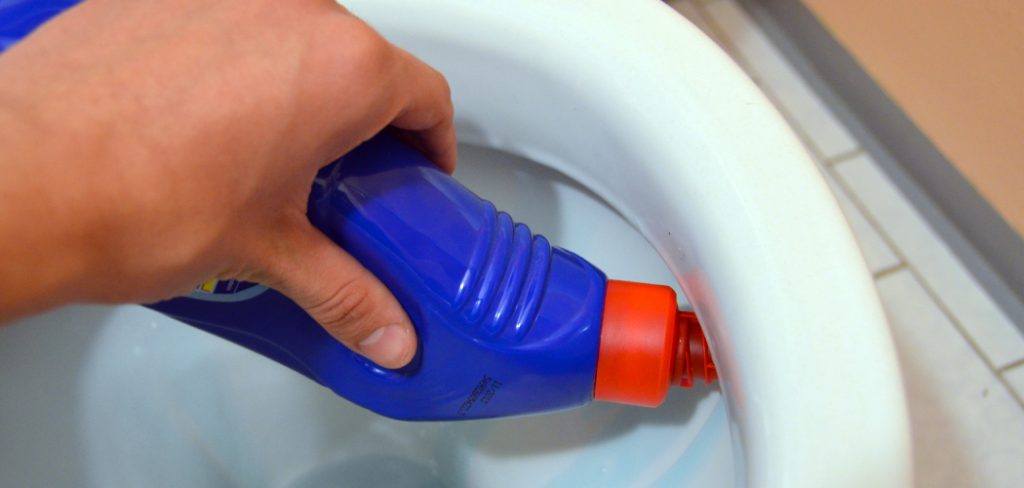
Benefits of Using Toilet Bowl Cleaner
Using toilet bowl cleaner offers several important benefits for both hygiene and convenience. Firstly, these cleaners are formulated to effectively remove stubborn stains, hard water deposits, and limescale, ensuring your toilet looks spotless and well-maintained. Secondly, they help to kill harmful germs and bacteria, reducing the risk of illness and keeping your bathroom environment safe.
Additionally, many toilet bowl cleaners are designed to leave a pleasant fragrance, eliminating unpleasant odors and keeping your bathroom smelling fresh. By incorporating a good toilet bowl cleaner into your cleaning routine, you can save time and effort while maintaining a hygienic and welcoming space.
What You’ll Need
To efficiently clean your toilet with a toilet bowl cleaner, make sure you have the following items ready before you start:
- Toilet bowl cleaner of your choice (gel, liquid, or powder).
- A toilet brush with sturdy bristles for scrubbing.
- Rubber gloves to protect your hands from harsh chemicals.
- Paper towels or cleaning cloths for wiping down surrounding surfaces.
- A bucket of clean water (optional, for rinsing if needed).
Having these items on hand will ensure the cleaning process is simple, effective, and hassle-free.
10 Methods How to Use Toilet Bowl Cleaner
1. Choosing the Right Toilet Bowl Cleaner
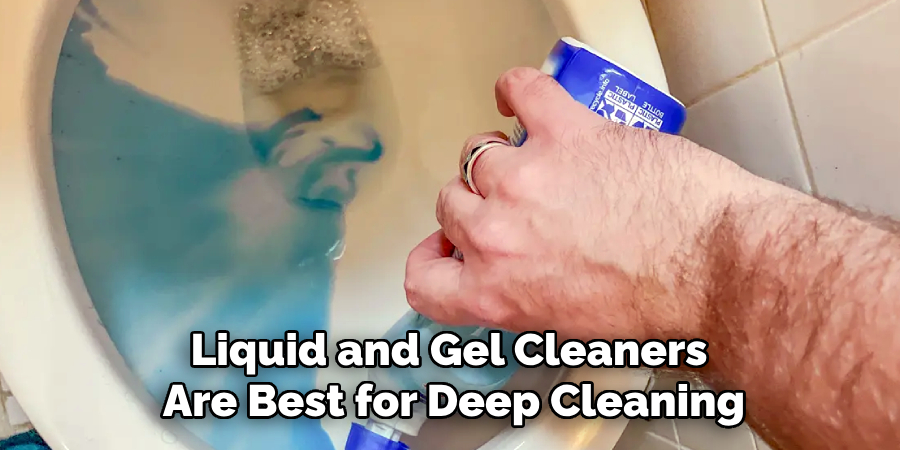
Toilet bowl cleaners come in various forms, including liquid, gel, powder, tablets, and automatic dispensers. Each type serves a different purpose. Liquid and gel cleaners are best for deep cleaning and stain removal, while tablets and dispensers provide continuous maintenance. When selecting a cleaner, consider factors such as the severity of stains, the presence of limescale, and whether you prefer chemical or eco-friendly solutions.
2. Prepping the Toilet Before Cleaning
Before applying any cleaner, flush the toilet to remove any loose debris. If necessary, use a bucket to reduce the water level slightly, allowing the cleaner to have more direct contact with the bowl surface. Removing excess water helps prevent dilution of the cleaner and maximizes its effectiveness in breaking down stains and germs.
3. Applying the Cleaner Under the Rim
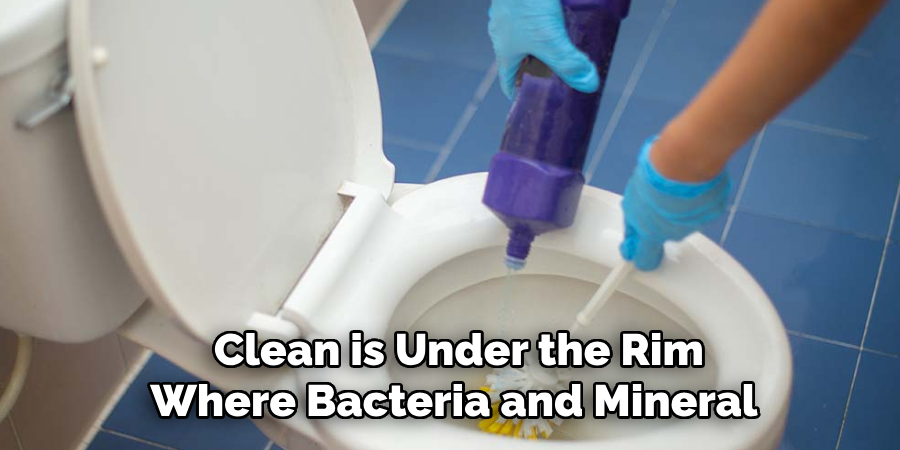
One of the most important areas to clean is under the rim, where bacteria and mineral deposits tend to accumulate. When using a liquid or gel toilet bowl cleaner, squeeze the bottle gently and apply the cleaner directly under the rim, ensuring even coverage. This allows the product to coat the inner bowl surface and work on hidden grime effectively.
4. Letting the Cleaner Sit for Maximum Effectiveness
Most homemade toilet bowl cleaners require a few minutes to work effectively. After applying the cleaner, let it sit for at least 5–15 minutes, depending on the product instructions. This waiting period allows the active ingredients to break down stains, kill bacteria, and loosen grime, making it easier to scrub away.
5. Scrubbing with a Toilet Brush
Once the cleaner has had time to work, use a toilet brush to scrub the entire bowl. Start with the under-rim area, using a firm circular motion to remove buildup. Then, scrub the sides and bottom of the bowl, paying extra attention to stained areas. For tougher stains, you may need to apply additional cleaner and repeat the scrubbing process.
6. Flushing and Rinsing the Bowl
After scrubbing, flush the toilet to rinse away the cleaner and any loosened debris. If residue remains, you can flush a second time or use a cup of clean water to manually rinse stubborn spots. Ensuring all cleaner is washed away prevents lingering chemicals and maintains a fresh-smelling bathroom.
7. Using a Pumice Stone for Stubborn Stains
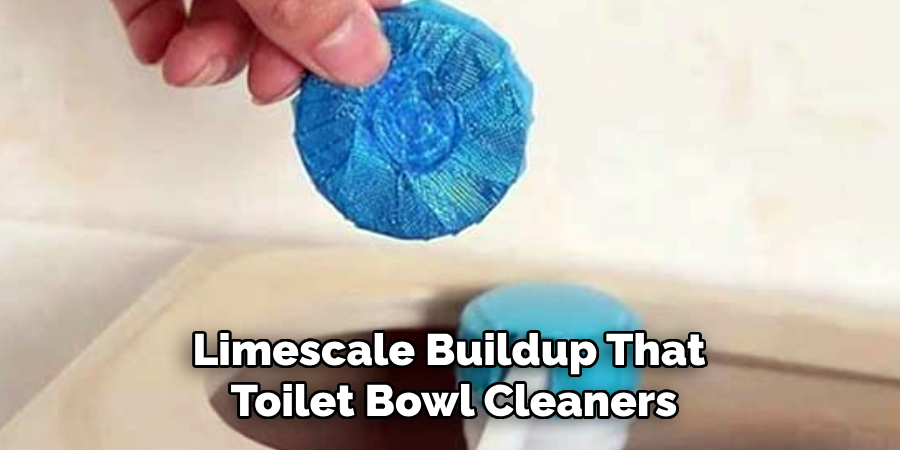
For hard water stains and limescale buildup that toilet bowl cleaners alone cannot remove, a pumice stone can be an effective tool. Wet the pumice stone and gently rub it against the stains in a circular motion. The mild abrasiveness of the stone helps lift stains without damaging the porcelain surface. Always use water to prevent scratching.
8. Preventing Future Buildup with Automatic Cleaners
To keep your toilet clean between deep cleanings, consider using an automatic toilet bowl cleaner. These cleaners come in tablet, gel, or dispenser forms and release small amounts of cleaning agents with every flush. While they don’t replace deep cleaning, they help maintain hygiene and reduce the frequency of scrubbing.
9. Ensuring Proper Ventilation and Safety Measures
Many toilet bowl cleaners contain strong chemicals such as bleach and acids, which can produce harmful fumes. Always ensure proper ventilation by opening windows or turning on an exhaust fan while cleaning. Additionally, wear gloves to protect your skin, and avoid mixing cleaners, especially those containing bleach and ammonia, as they can create toxic fumes.
10. Using Natural Alternatives for a Chemical-Free Clean
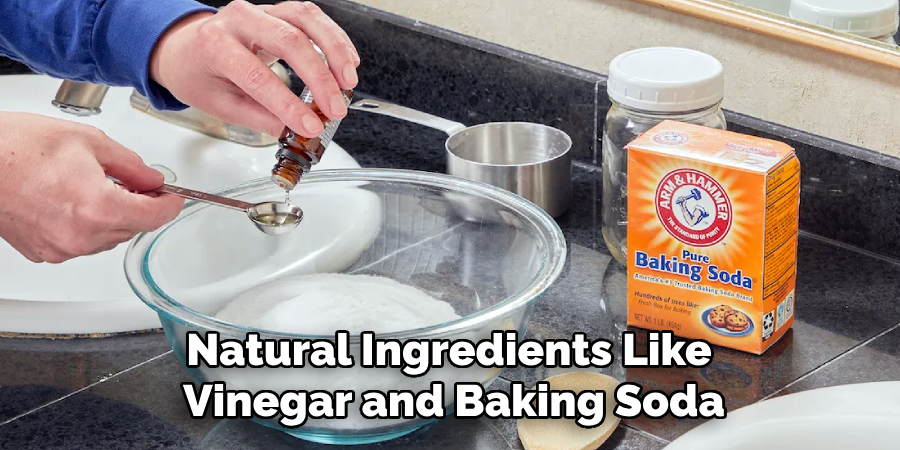
For those who prefer eco-friendly cleaning solutions, natural ingredients like vinegar and baking soda can effectively clean a toilet bowl. Pour one cup of vinegar into the bowl, let it sit for a few minutes, then sprinkle in baking soda. The fizzing reaction helps break down stains and disinfect the bowl. Scrub with a brush and flush to rinse away any residue.
Troubleshooting Common Issues
Even with the best cleaning routine and practices, you may encounter a few challenges when maintaining a spotless toilet bowl. Here are some common issues and how to address them effectively:
- Persistent Stains: If stains remain even after scrubbing with a toilet bowl cleaner, the issue might be caused by hard water deposits or mineral buildup. Try using a pumice stone or a specialized descaler to tackle these stubborn spots. For a natural solution, vinegar and baking soda can also help break down mineral stains over time.
- Lingering Odor: If unpleasant smells persist despite thorough cleaning, the problem may stem from a clogged or dirty siphon jet. Inspect the jets under the rim and use a brush or old toothbrush to clean them. Running hot water or applying a cleaner designed for jets can remove hidden debris.
- Cleaner Fails to Stick: If the cleaner runs off too quickly, the surface might be too wet. Pre-dry the bowl slightly by lowering the water level with a flush and removing excess moisture using a sponge. This allows the cleaner to adhere and work more effectively.
- Overpowering Chemical Smell: Strong fumes from some cleaners can be unpleasant and even harmful. Ensure adequate ventilation during cleaning by opening windows or turning on a fan. If the smell is still bothersome, switch to a less harsh or eco-friendly cleaning product.
- Recurring Buildup: If grime and stains return quickly after cleaning, using an automatic cleaner or toilet tablets can help maintain cleanliness. Additionally, regular cleaning at least once a week can prevent buildup from becoming difficult to manage.
By addressing these common issues promptly and adapting your cleaning approach, you’ll ensure a hygienic and well-maintained toilet bowl.
Common Mistakes to Avoid
While maintaining a clean toilet bowl may seem straightforward, there are some common mistakes that can reduce the effectiveness of your efforts or even cause damage. Here are key mistakes to avoid:
- Using Abrasive Tools: Scrubbing with tools like wire brushes or scouring pads can scratch the porcelain surface, making it more prone to staining and bacteria buildup. Stick to a soft-bristled toilet brush or a pumice stone used with water for stubborn areas.
- Ignoring Hard-to-Reach Areas: Neglecting spots like under the rim or behind the siphon jet can leave grime and bacteria untouched, contributing to unpleasant odors and stains over time. Always ensure these areas are thoroughly cleaned.
- Overusing Cleaner: Applying excessive amounts of cleaner doesn’t increase its effectiveness and can lead to residue buildup. Follow the recommended amount specified on the product label for best results.
- Skipping Regular Cleaning: Waiting until visible stains or odors appear can make cleaning more challenging. Regular maintenance, at least once a week, prevents buildup and keeps the toilet sanitary.
- Failing to Rinse Thoroughly: Leaving cleaning products in the bowl or on tools like brushes can lead to chemical buildup and unpleasant odors. Always rinse thoroughly after scrubbing or using cleaning products.
- Mixing Chemicals: Combining cleaners, especially those with bleach and ammonia, can produce dangerous chemical reactions and toxic fumes. Stick to one product at a time and always follow safety instructions.
- Neglecting Your Cleaning Tools: Forgetting to clean and sanitize your toilet brush or pumice stone after use can reintroduce bacteria during future cleanings. Always rinse cleaning tools and store them properly to maintain hygiene.
By being mindful of these mistakes and following proper cleaning practices, you can ensure a consistently clean and safe toilet bowl for your home.
Conclusion
Using a toilet bowl cleaner correctly ensures a cleaner, fresher, and more hygienic bathroom. By following these ten methods, you can maximize the effectiveness of your cleaner, remove stubborn stains, and maintain a sanitary toilet with minimal effort. Regular maintenance, proper application, and safety precautions all contribute to a consistently clean and odor-free toilet. Thanks for reading, and we hope this has given you some inspiration on how to use toilet bowl cleaner!
About the Author
Adrian Green is a passionate woodworking enthusiast who has dedicated his life to the craft of woodworking. From his early days working alongside his father in the family woodworking shop, Adrian has honed his skills and developed a deep love for creating beautiful, functional pieces with his hands. As the voice behind The Woodenify Blog, he shares his knowledge, tips, and inspiration with fellow woodworkers of all skill levels, helping them build confidence in their abilities while learning new techniques.
Professional Focus
- Specializes in DIY woodworking projects, from furniture making to home décor.
- Provides step-by-step guides, tips, and practical tutorials for woodworkers at any skill level.
- Focused on empowering readers with confidence and knowledge through easy-to-follow instructions and hands-on techniques.
- Passionate about building a community where makers can share, learn, and grow together in the world of woodworking.
Education History
University of Craft and Design – Bachelor of Fine Arts (BFA) in Woodworking and Furniture Design
Woodworking Apprenticeships – Gained extensive hands-on experience through various workshops and mentorships with seasoned craftsmen, refining carpentry and furniture-making skills.
Expertise
- DIY woodworking, carpentry, furniture making, and home décor projects.
- Creating clear, accessible tutorials and guides for beginner to advanced woodworkers.
- Helping readers experience the satisfaction and fulfillment of turning raw materials into stunning finished products.
